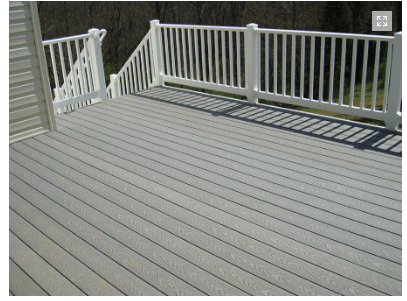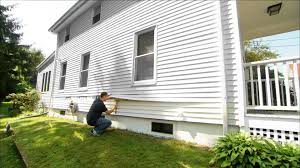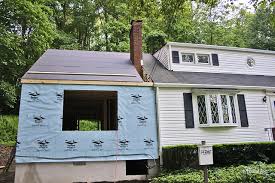
Outdoor Entertaining: Should You Build A Deck?
May 1, 2020
The Ultimate Summer Home Maintenance Checklist
July 1, 2020The siding on your home is it’s most prominent exterior feature and likely one of the first things a guest noticed when they pull up to your doorstep. From a protective standpoint, your siding’s primary purpose is to protect your residence from nature’s elements. The lifespan of a property’s siding greatly depends on the material it is comprised of. This makes it so important to recognize signs that your old siding is nearing the end of its life so that it can be replaced before substantial damage occurs.
Animal Infestation
If mice have been able to make their way between your home’s siding and walls, it’s most definitely time to remedy the situation with new siding. Termites can also compromise the integrity of a home’s wooden siding by feeding on it. A reliable gutter system can assist with prevention because it filters water away from home. Without water, termites cannot survive.
Following are the 6 primary signs of old failing siding. Inspect your home’s siding annually to determine if any of these conditions are displayed.
Nail Inconsistencies
If nails are protruding, rusty or gone, it can signal that your siding has undergone shifting. If the nails are rusty, it’s evidence that moisture damage can be present.
Wooden Siding That Needs Constant Repainting
If your home has wooden siding and the paint is continuously chipping off, it’s an indicator that the wood itself is no longer reliable enough to keep your home protected.
Faded Siding: The color on the siding is designed to last as long as the material itself. Once siding becomes so faded that it is vastly different from its initial color, it’s a warning flag that the siding is no longer acting as a safeguard for your home.
Peeling Interior Paint
This can signal that water is penetrating your home’s siding and reaching its interior. Failure to address this problem can lead to expensive interior damage.
Mold: A musty smell or mold growing on your drywall can indicate that your siding is no longer properly protecting your home and that moisture is getting into its interior. Mold growing on the siding itself, particularly near the seams, is a signal that water is permeating the siding.
Increased Utility Bills: You should immediately become suspicious if your utility bills increase for an unknown reason. While your siding is not automatically to blame, it can be a culprit. That’s because cracking in your siding allows outside air to filter into your home, making your HVAC system work harder than it should.



